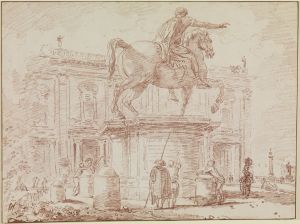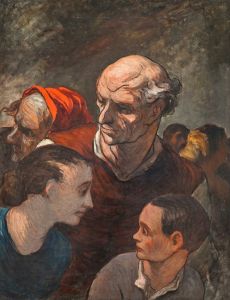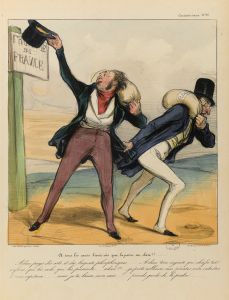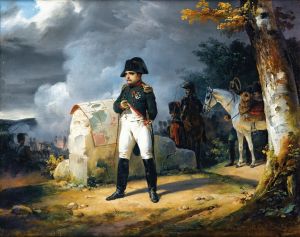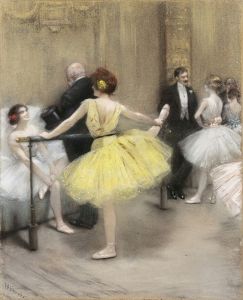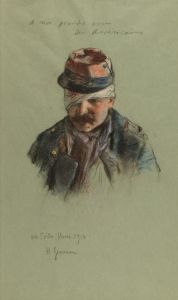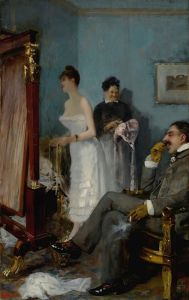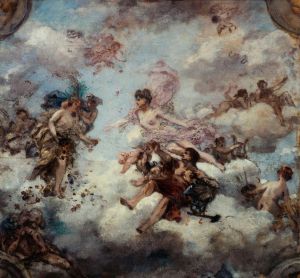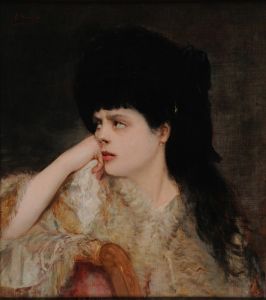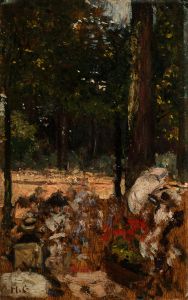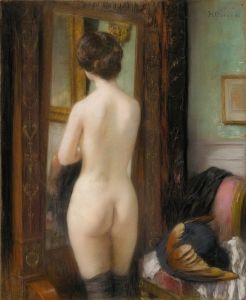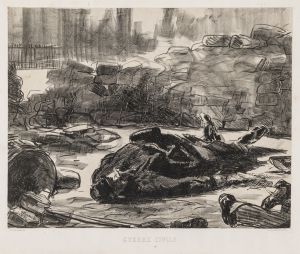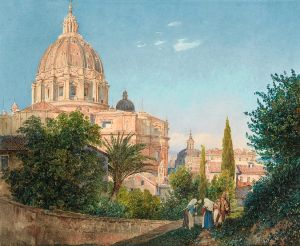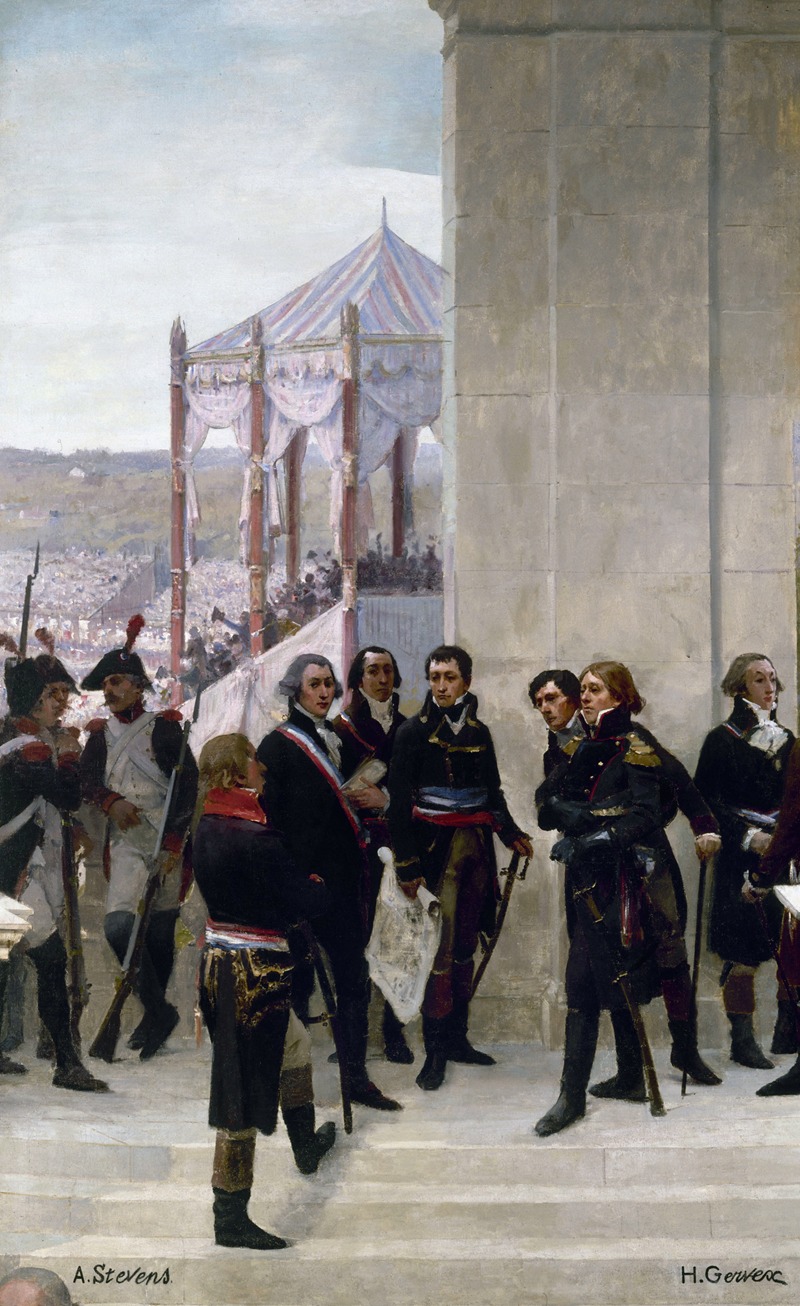
Federation Day 1790, The Convention 1792
A hand-painted replica of Henri Gervex’s masterpiece Federation Day 1790, The Convention 1792, meticulously crafted by professional artists to capture the true essence of the original. Each piece is created with museum-quality canvas and rare mineral pigments, carefully painted by experienced artists with delicate brushstrokes and rich, layered colors to perfectly recreate the texture of the original artwork. Unlike machine-printed reproductions, this hand-painted version brings the painting to life, infused with the artist’s emotions and skill in every stroke. Whether for personal collection or home decoration, it instantly elevates the artistic atmosphere of any space.
Henri Gervex was a notable French painter known for his works that often depicted historical and contemporary scenes with a keen eye for detail and composition. However, there is no widely recognized painting titled "Federation Day 1790, The Convention 1792" attributed to Henri Gervex. It is possible that there might be some confusion regarding the title or the artist, as Gervex is not prominently known for works directly related to these specific historical events.
Henri Gervex (1852–1929) was an influential figure in the late 19th and early 20th-century art scene in France. He studied under Alexandre Cabanel and was associated with the Academic art tradition, although he also embraced modern themes and techniques. Gervex gained fame for his paintings that often captured the vibrancy and dynamism of Parisian life, as well as historical and mythological subjects.
The Fête de la Fédération, or Federation Day, was a significant event in French history, celebrated on July 14, 1790. It marked the first anniversary of the storming of the Bastille and was intended to symbolize national unity and the end of absolute monarchy. The event took place on the Champ de Mars in Paris and was attended by King Louis XVI, Queen Marie Antoinette, and a large assembly of citizens. It was a moment of optimism during the early stages of the French Revolution, as it celebrated the new constitutional monarchy and the unity of the French people.
The National Convention, on the other hand, was a revolutionary assembly that governed France from September 20, 1792, until October 26, 1795. It was during this period that the monarchy was abolished, and the First French Republic was established. The Convention is notable for the trial and execution of King Louis XVI, the Reign of Terror, and the rise of figures such as Maximilien Robespierre.
While these events are pivotal in French history, there is no specific record of Henri Gervex creating a painting that directly depicts both Federation Day 1790 and the Convention of 1792. Gervex's oeuvre includes works like "Rolla" (1878), "The Coronation of Nicholas II" (1896), and "The Birth of Venus" (1904), which showcase his range from historical to mythological themes.
If there is a painting that combines these historical events, it might be attributed to another artist or could be a lesser-known work not widely documented in art historical records. Without more specific information or evidence of such a painting by Gervex, it is challenging to provide a detailed description or analysis.
Therefore, based on the available information, there is no verifiable record of a painting titled "Federation Day 1790, The Convention 1792" by Henri Gervex. Further research into art catalogs, museum collections, or historical archives might be necessary to uncover more details if such a work exists.






